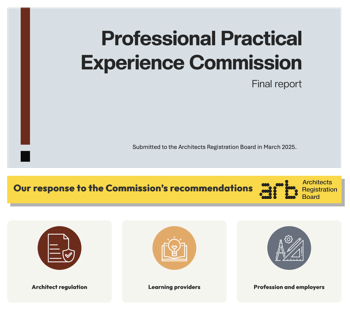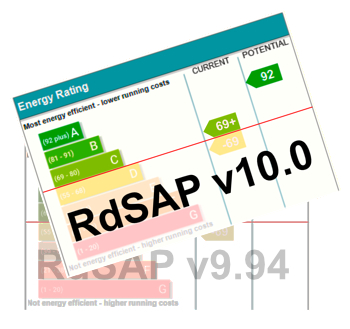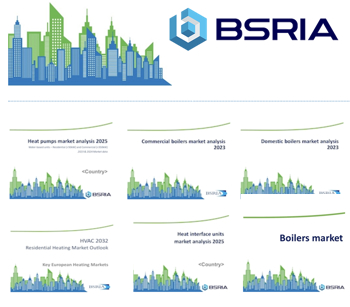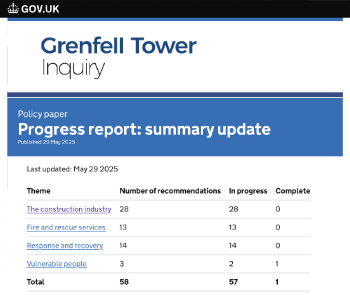The minimum energy performance of buildings Bill
[edit] Introduction
The Minimum Energy Performance of Buildings Bill is currently (2022) making its way through Parliament. The effects of this proposed law have cost implications for building owners, with a knock-on effect for tenants.
[edit] The Minimum Energy Performance of Buildings Bill and EPC at a glance
If everything goes according to schedule, the proposed energy-related changes are set to come into force in December 2025 for new tenancies. The changes are required by December 2028 for existing agreements. For both categories, the changes are required only where “practical, cost-effective, and affordable”.
[edit] Existing regulations
The current Minimum Energy Efficiency Standards Regulations bars the approval of new leases of ‘sub-standard’ domestic and non-domestic properties. This denotes a property with an energy efficiency rating of F or G.
The Energy Performance of Buildings Regulations also currently require an Energy Performance Certificate to be procured before a building is put on the market. This EPC rating should be stated in all advertising related to the property.
[edit] Changes under the minimum energy performance of buildings Bill
If the bill goes forward, any residential tenancy granted on or after 31 December 2025 is required to have an energy efficiency performance of at least Band C. Existing tenancies have until December 2028 to reach this threshold. Non-domestic landlords are expected to follow suit by 2030.
[edit] The risk of non-compliance
It is likely that leases entered into after December 2025 without meeting energy efficiency requirements will be regarded as illegal. It is expected that the penalties will closely mirror those of the existing Minimum Energy Efficiency Standards Regulations, which includes fines of up to – or even surpassing – £5000.
[edit] What is a good building energy rating?
The proposed new energy performance standards put forward by the Minimum Energy Efficiency Standards Regulations require new tenancies have an energy efficiency rating of C. Existing tenancies are required to achieve this by December 2028.
This band is gauged using the Standard Assessment Procedure, which measures energy efficiency on a scale of 1 to 100 (100 being the best). Band C falls in the bracket of 69 to 80.
[edit] How do you measure energy performance of a building ?
The provisions of the Minimum Energy Performance of Buildings Bill and related regulations are important for the achievement of the government's 2050 energy goals. With 4.4 million privately rented homes in England – 19% of the country’s housing stock – it is concerning that only 60% of homes within the sector are set to meet the targets if energy efficiency transformation continues at the current rate.
It is anticipated that almost half the rented homes in England will be affected by the new provisions of the bill. The effect on buy-to-let landlords has the potential to be very costly (it has been reported that it could cost these landlords up to £10 000 to improve the energy performance certificate of their properties – and many would rather sell than face the expense).
With these kinds of statistics in mind, it is clear that a smart approach is needed. Propertymark has put forward recommendations including diversified solutions according to the age, condition, and size of a property. They have also called on local councils to devise aggressive retrofit solutions to tackle the changes. The use of smart energy monitoring and related technologies in the smart building environment are a key component of measuring and meaningfully improving the energy performance of a building.
[edit] How can buildings improve energy efficiency ?
- Smart energy monitoring, measurement, and management
- The move to automated lighting and electrical processes
- Advanced smart metering and submetering
- The shift to renewable energy sources
- Ensuring good maintenance of equipment
- Key equipment monitoring
- Focus on fine-tuning ventilation by best understanding usage and implementing data-inspired changes
- Adjust behaviour around heating and cooling trends
- Consider space optimisation around usage, utilising data for design
By implementing smart building energy control solutions, like those available from Smarter Technologies Group, buildings stand to simply and cost-effectively improve energy efficiency.
[edit] About the article
This article was supplied via press release on October 17 from the Smarter Technologies Group’s newest press release, written by Matthew Margetts; Director of Sales and Marketing at Smarter Technologies.
[edit] Related articles on Designing Buildings
- Artificial intelligence for smarter, safer buildings.
- Artificial intelligence in buildings.
- BSRIA study shows uptake of convergence and IoT in commercial buildings.
- Building automation.
- Building management systems.
- Smart homes may be where the smart money is.
- Smart meter.
- Smart meter owners report higher, not lower, bills.
- Smart technology.
- What are the benefits of smart homes for Millennial end-users?
Featured articles and news
Restoring Abbotsford's hothouse
Bringing the writer Walter Scott's garden to life.
Retired firefighter cycles world to raise Grenfell funds
Leaving on 14 June 2025 Stephen will raise money for youth and schools through the Grenfell Foundation.
Key points for construction at a glance with industry reactions.
Functionality, visibility and sustainability
The simpler approach to specification.
Architects, architecture, buildings, and inspiration in film
The close ties between makers and the movies, with our long list of suggested viewing.
SELECT three-point plan for action issued to MSPs
Call for Scottish regulation, green skills and recognition of electrotechnical industry as part of a manifesto for Scottish Parliamentary elections.
UCEM becomes the University of the Built Environment
Major milestone in its 106-year history, follows recent merger with London School of Architecture (LSE).
Professional practical experience for Architects in training
The long process to transform the nature of education and professional practical experience in the Architecture profession following recent reports.
A people-first approach to retrofit
Moving away from the destructive paradigm of fabric-first.
International Electrician Day, 10 June 2025
Celebrating the role of electrical engineers from André-Marie Amperè, today and for the future.
New guide for clients launched at Houses of Parliament
'There has never been a more important time for clients to step up and ...ask the right questions'
The impact of recycled slate tiles
Innovation across the decades.
EPC changes for existing buildings
Changes and their context as the new RdSAP methodology comes into use from 15 June.
Skills England publishes Sector skills needs assessments
Priority areas relating to the built environment highlighted and described in brief.
BSRIA HVAC Market Watch - May 2025 Edition
Heat Pump Market Outlook: Policy, Performance & Refrigerant Trends for 2025–2028.
Committing to EDI in construction with CIOB
Built Environment professional bodies deepen commitment to EDI with two new signatories: CIAT and CICES.
Government Grenfell progress report at a glance
Line by line recomendation overview, with links to more details.
An engaging and lively review of his professional life.
Sustainable heating for listed buildings
A problem that needs to be approached intelligently.
50th Golden anniversary ECA Edmundson apprentice award
Deadline for entries has been extended to Friday 27 June, so don't miss out!
CIAT at the London Festival of Architecture
Designing for Everyone: Breaking Barriers in Inclusive Architecture.




























Comments
[edit] To make a comment about this article, click 'Add a comment' above. Separate your comments from any existing comments by inserting a horizontal line.